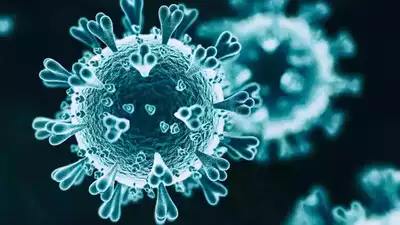“The World Health Organization (WHO) Sheds Light on India’s Latest Nipah Virus Outbreak: Source Still Unknown
In a recent update, the WHO has provided additional information regarding India’s most recent Nipah virus outbreak. Despite extensive testing of samples from bats and their habitats near the location of the initial patient, no positive results have been obtained.
According to the WHO statement, the total number of human cases remains at six, with two of these cases resulting in fatalities. The outbreak has centered in the Kozhikode district of Kerala state and marks the sixth occurrence of Nipah virus in India, with the third striking Kozhikode district specifically.
The initial patient was admitted to the hospital in late August, displaying symptoms of pneumonia and respiratory distress, and succumbed to the virus shortly thereafter.
All six patients are males ranging in age from 9 to 45 years old. The other five cases are individuals who had close contact with the index patient, including two family members. The remaining cases involve individuals who had contact with patients in a hospital setting, with one of the fatalities occurring in a person who had visited another patient hospitalized simultaneously.
As of September 27, a total of 1,288 contacts have been identified and placed under a 21-day quarantine period. The four survivors with confirmed infections are currently in stable condition, as reported by the WHO. High-risk contacts underwent testing, with all results returning negative.
Genetic sequencing conducted at India’s National Institute of Virology revealed that the virus belongs to the Indian genotype and shares similarities with a strain previously identified in Bangladesh, another country that has reported Nipah virus outbreaks.
Extensive efforts to sample bats and their environment were initiated as part of the response. Health officials collected samples from bats, bat droppings, and partially eaten fruit in the village where the initial patient resided, situated in a forest inhabited by various bat species. Up to this point, all test results have been negative. Nevertheless, the WHO emphasizes that bats are known to carry the Nipah virus and remain a potential source of infection.
In response to the outbreak, health authorities imposed several measures to limit the spread of the virus. A ban on public events in Kozhikode district, for instance, was permitted to expire on October 1.
Nipah virus, a paramyxovirus, is prevalent in South and Southeast Asia and exhibits a high case-fatality rate, ranging from 45% to 75%. Its natural reservoir is fruit bats.
Nipah virus is designated as one of the WHO’s priority diseases for research and development and holds a prominent position among the priorities of the Coalition for Epidemic Preparedness and Innovations (CEPI) for the development of countermeasures. At present, there are no approved vaccines or treatments for Nipah virus.”
Disclaimer: The views, suggestions, and opinions expressed here are the sole responsibility of the experts. No Zoomer Zest journalist was involved in the writing and production of this article.





